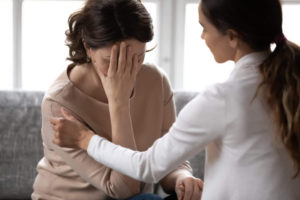Female sexual dysfunction (FSD) may not be as widely known and discussed as male dysfunctions, but it is just as common. Dr. Mezhebovsky, Principal Investigator with Boston Clinical Trials, who has conducted several studies in this area, says women — and men in their lives — need to learn to recognize and address it.
Female sexual dysfunction (FSD) refers to a complex of persistent and recurrent problems with a female’s sexual response. FSD includes various sexual problems, including low sexual desire, loss of sexual arousal, problems with orgasm and pain during sex. These prevent the woman from experiencing satisfaction from the sexual activity, which may strain the couple’s relationship, leading to distress.
By far the most common type of FSD is lack of sexual drive, or so called Hypoactive Sexual Desire Disorder (HSDD). HSDD may be temporary: for instance, it is common in pregnant women or in women going through a period of stress in their life. It may be caused by certain illnesses, e.g., diabetes or depression, or be a side effect of some medications. When the underlying condition is treated, libido returns.
However, some women suffer from HSDD all the time. Yet many women are hesitant to discuss their sexual health, particularly HSDD, with their doctors. This is a mistake. HSDD is now recognized a separate indication caused by hormonal and/or neurochemical misbalance. A growing number of pharmaceutical companies are working on developing treatments. While no medication has so far been officially approved by FDA, several promising compounds are now in clinical trials.
Whether low libido is caused by temporary factors in the woman’s life, by an underlying illness, by relationships problems, or by neurochemical misbalance, women should realize that this is not normal. Seek medical help for the sake of your own health and the health of your relationships!
To learn more, please read our blogs The “Little Pink Pill”: What Every Woman Needs to Know. and The Little Pink Pill: What Every Man Needs to Know








